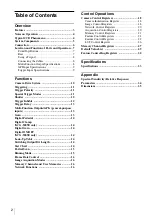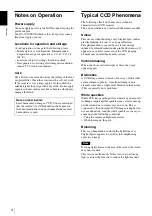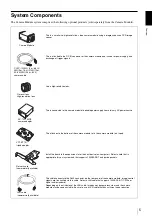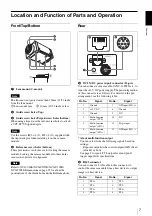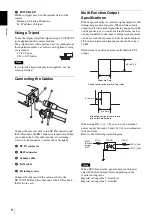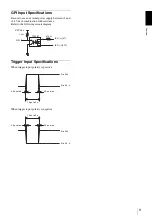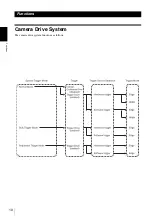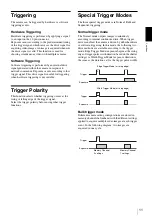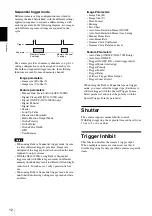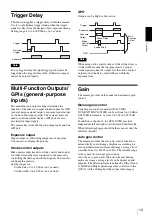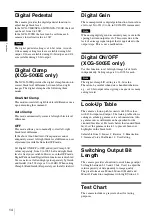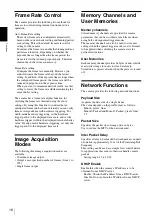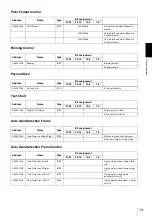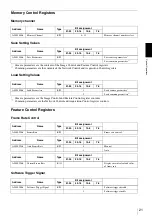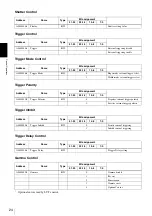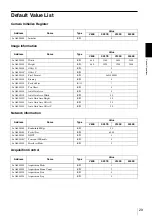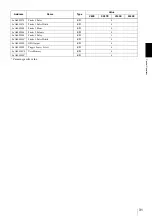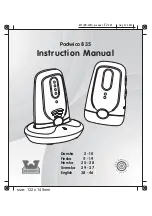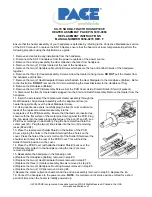
F
u
nc
ti
ons
16
Frame Rate Control
The camera provides the following two methods for
frame rate control during internal continuous drive
operation.
Auto Frame Rate setting
The fastest frame rate is configured automatically
based on the current shutter setting and binning/partial
scan setting. This is the default frame rate control
setting for the camera.
To increase the frame rate, enable the binning mode or
partial scan function. Depending on whether the
exposure time is longer than the frame period, the
frame rate will be reduced proportionally. Therefore,
shorten the shutter time as necessary.
Frame Rate setting
Configure the frame rate manually. However, you
cannot increase the frame rate beyond the fastest
setting. In addition, if the exposure time is longer than
the configured frame period, the frame rate will be
reduced in proportion to the exposure time.
When you want to minimize network traffic, use this
setting to lower the frame rate while maintaining the
same shutter setting.
The camera has a frame rate display function for
verifying the frame rate obtained using the above
settings. By using this function to confirm that an
anticipated frame rate has been obtained, you can verify
frame correspondence with hardware triggering. For
width-mode hardware triggering, set the hardware
trigger period to the displayed frame rate, and set the
hardware trigger width to the displayed internal shutter
value. For edge-mode hardware triggering, set only the
trigger period to the displayed frame rate.
Image Acquisition
Modes
The following three image acquisition modes are
available:
• Continuous image output
• Output a user-specified number of frames (from 1 to
255)
• Single frame output
Memory Channels and
User Memories
Memory channels
Sixteen memory channels are provided for camera
parameters that can be switched at each frame when
using bulk and sequential trigger modes.
The memory channels can also be used to store user
settings when the special trigger mode is set to Normal,
to be applied when switching the camera state for
particular situations.
User Memories
Each memory channel provides 64 bytes of non-volatile
read-write storage for users to store data freely.
Stored data is preserved even when the power is turned
off.
Network Functions
The camera provides the following network functions.
Payload Size
Acquires the data size of a single frame.
The value depends on the pixel format, as follows:
Mono8: pixels
*
lines
Mono10 Packed and Mono12 Packed: pixels
*
lines
*
1.5
Packet Size
Specifies the packet size of image data, in bytes.
Use to reduce the MTU of the network used.
Inter Packet Delay
Specifies a delay to be inserted between packets, in units
of one tick (approximately 12 ns) of the Timestamp Tick
Frequency.
This setting can be used as a simple flow control device
for applications that cannot otherwise handle camera
packets.
Setting range: 12 to 1,023
DHCP Enable
Enable this when the camera’s IP address is to be
obtained from a DHCP server.
Enable: Obtain the IP address from a DHCP server.
Disable: Do not obtain the IP address from a DHCP
server.

